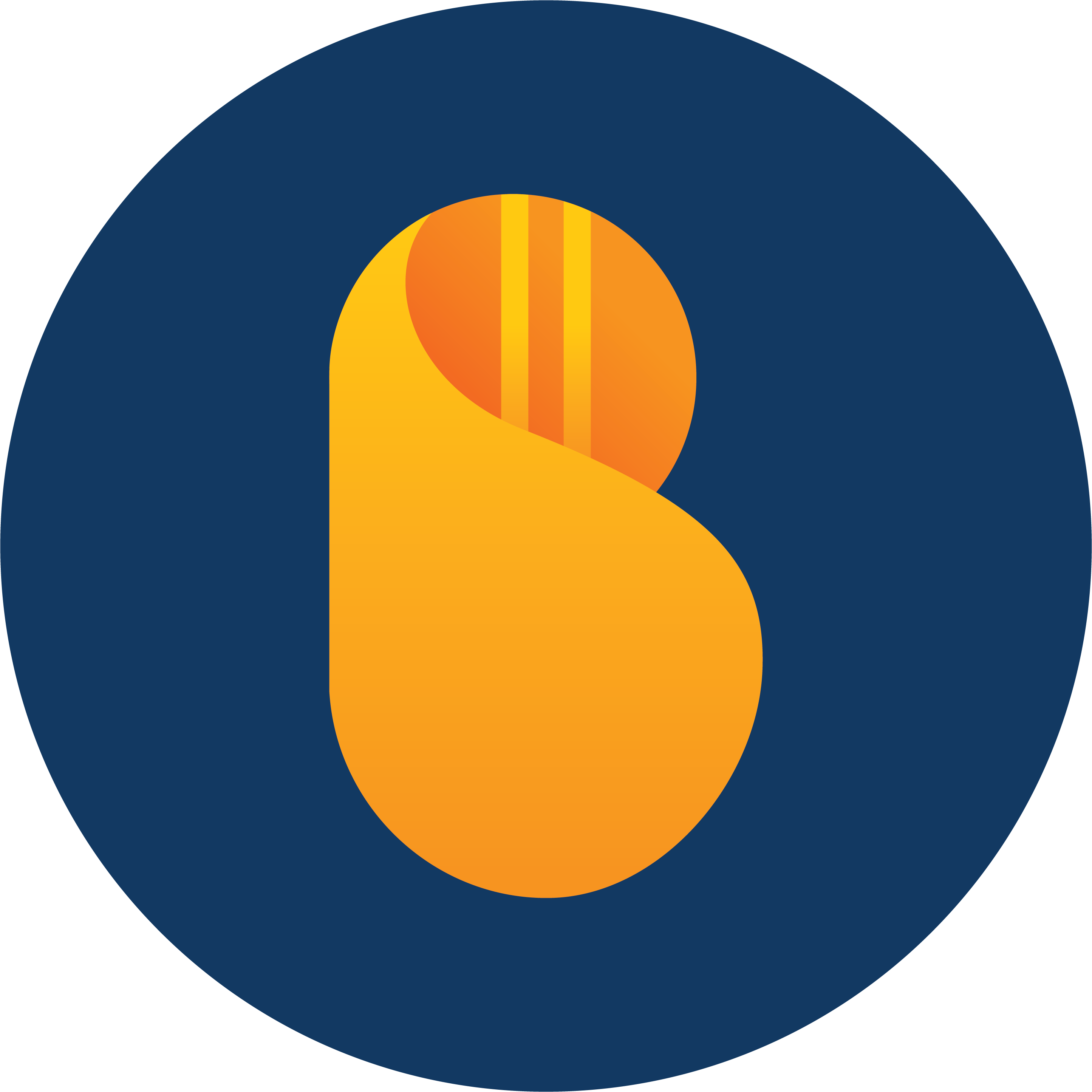Web3 and the Future of Voting: Reinventing Democracy through Transparency and Security
The use of Web3 technology, such as blockchain and decentralized applications (dApps), is rapidly changing the way we interact with the world, including the way we vote. Web3 has the potential to revolutionize the voting process, ensuring greater transparency and security. In this blog post, we will explore the role of Web3 in the future of voting and the opportunities and challenges it presents.
The Current State of Voting
Voting is an essential part of any democracy, providing citizens with a voice in the decision-making process. However, traditional voting methods have their limitations. Paper-based voting systems are susceptible to fraud and manipulation, and electronic voting systems are vulnerable to hacking and other cybersecurity risks. Additionally, traditional voting methods can be slow and cumbersome, leading to long lines and wait times.
How Web3 Can Improve the Voting Process
Web3 technology can address many of the issues with traditional voting methods. Blockchain technology, in particular, can provide a secure and transparent way to conduct voting. By using a decentralized ledger, votes can be recorded and verified in a tamper-proof manner, ensuring the integrity of the voting process. Additionally, blockchain-based voting systems can be designed to be transparent, allowing anyone to view the results of the vote.
Decentralized applications (dApps) can also play a role in the future of voting. dApps can be designed to provide a more user-friendly and accessible voting experience. For example, voters could use their mobile devices to cast their votes, eliminating the need to travel to a polling station. Additionally, dApps can provide real-time vote counting and reporting, reducing the time and effort required to tally votes.
The Potential of Web3 Voting
Web3 voting has the potential to revolutionize the way we vote, creating a more secure, transparent, and accessible voting process. By using blockchain technology and dApps, we can ensure that every vote is recorded and counted accurately, providing citizens with greater confidence in the integrity of the voting process.
Web3 voting can also increase participation in the democratic process. By providing a more accessible and user-friendly voting experience, more people may be encouraged to participate in elections and other voting processes. This can lead to a more engaged and informed citizenry, resulting in better decision-making and governance.
Challenges and Opportunities of Web3 Voting
While the potential of Web3 voting is significant, there are also several challenges and opportunities to consider. One of the biggest challenges is the issue of scalability. As more people use Web3 voting systems, the underlying blockchain networks will need to be able to handle the increased traffic. This is something that developers are currently working on, but it is a complex and ongoing process.
Another challenge is the issue of regulation. As Web3 voting becomes more mainstream, it is likely that governments will want to regulate the industry. This could create a challenging regulatory environment, with developers needing to navigate complex legal frameworks in different jurisdictions.
Despite these challenges, Web3 voting also presents several opportunities. One of the most exciting is the potential to create a more secure and transparent voting process. By using blockchain technology, we can ensure that every vote is recorded and counted accurately, providing citizens with greater confidence in the integrity of the voting process.
Another opportunity is the potential for increased participation in the democratic process. By providing a more accessible and user-friendly voting experience, more people may be encouraged to participate in elections and other voting processes. This can lead to a more engaged and informed citizenry, resulting in better decision-making and governance.
Conclusion
Web3 technology has the potential to revolutionize the way we vote, creating a more secure, transparent, and accessible voting process. By using blockchain technology and dApps, we can ensure that every vote is recorded and counted accurately, providing citizens with greater confidence in the integrity of the voting process. While there are challenges to overcome, such as scalability and regulation, the opportunities of Web3 voting are significant, including increased participation and a more engaged citizenry.
As we continue to explore the role of Web3 in the future of voting, it is important to remain vigilant about the potential risks and challenges. Developers and policymakers will need to work together to address these challenges and ensure that Web3 voting systems are secure, transparent, and accessible for all.
In conclusion, Web3 voting has the potential to revolutionize the way we participate in democracy, providing citizens with a more secure, transparent, and accessible voting process. By leveraging the power of blockchain technology and decentralized applications, we can create a more democratic and engaged society. As we move forward, it is important to embrace the potential of Web3 voting while also remaining vigilant about the challenges that lie ahead.
Ecosystem
Company
Legal
© 2021-2023 Blokrypt SAS | All rights reserved.

